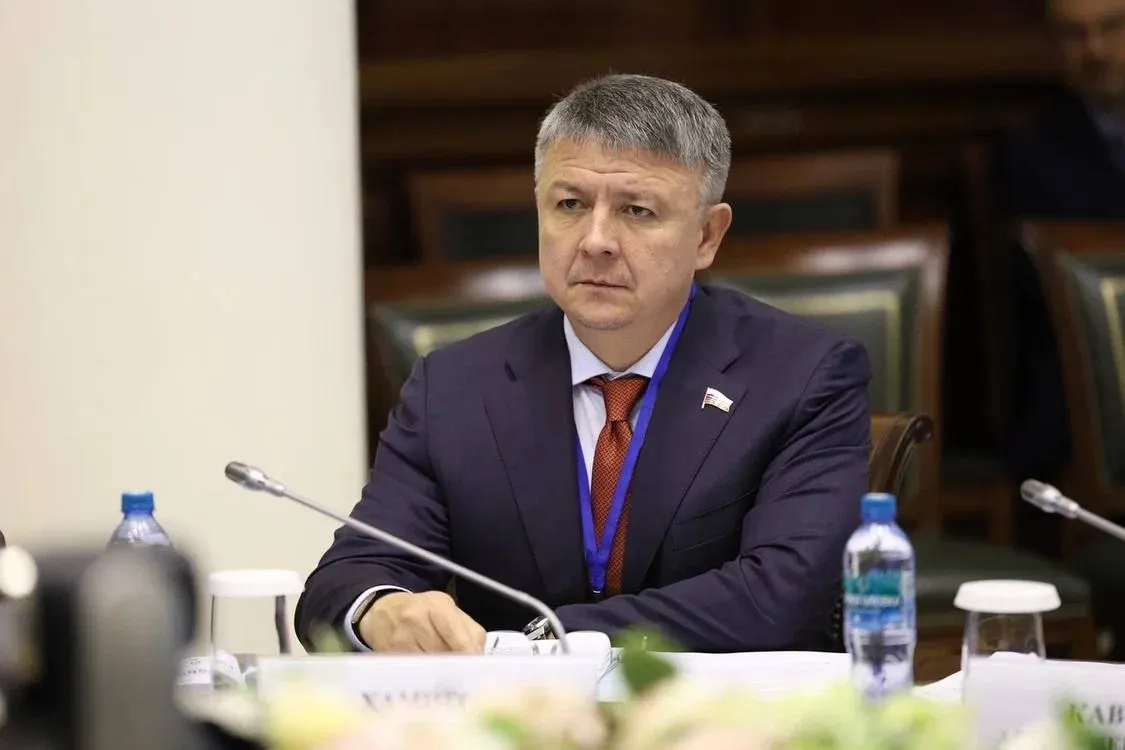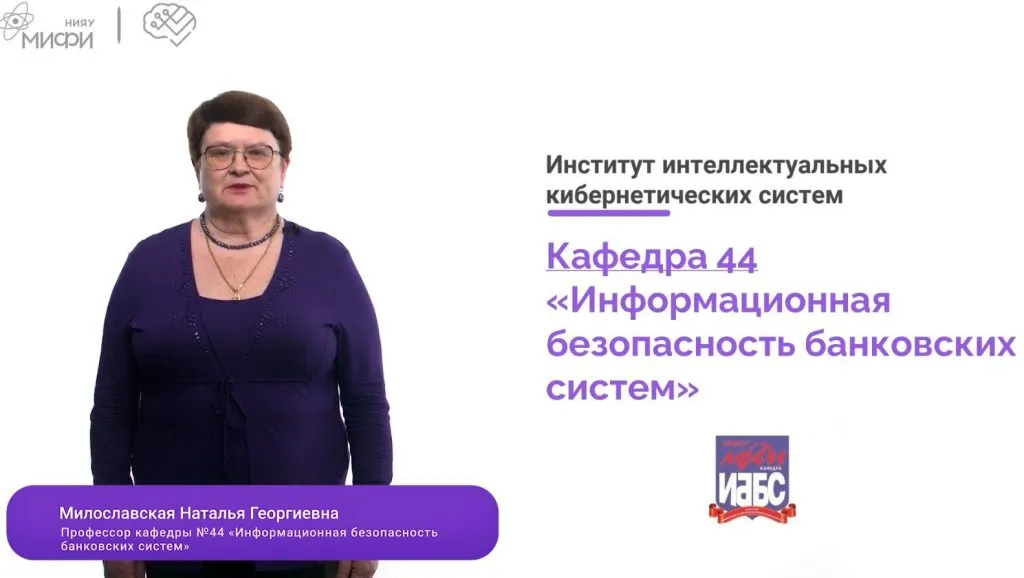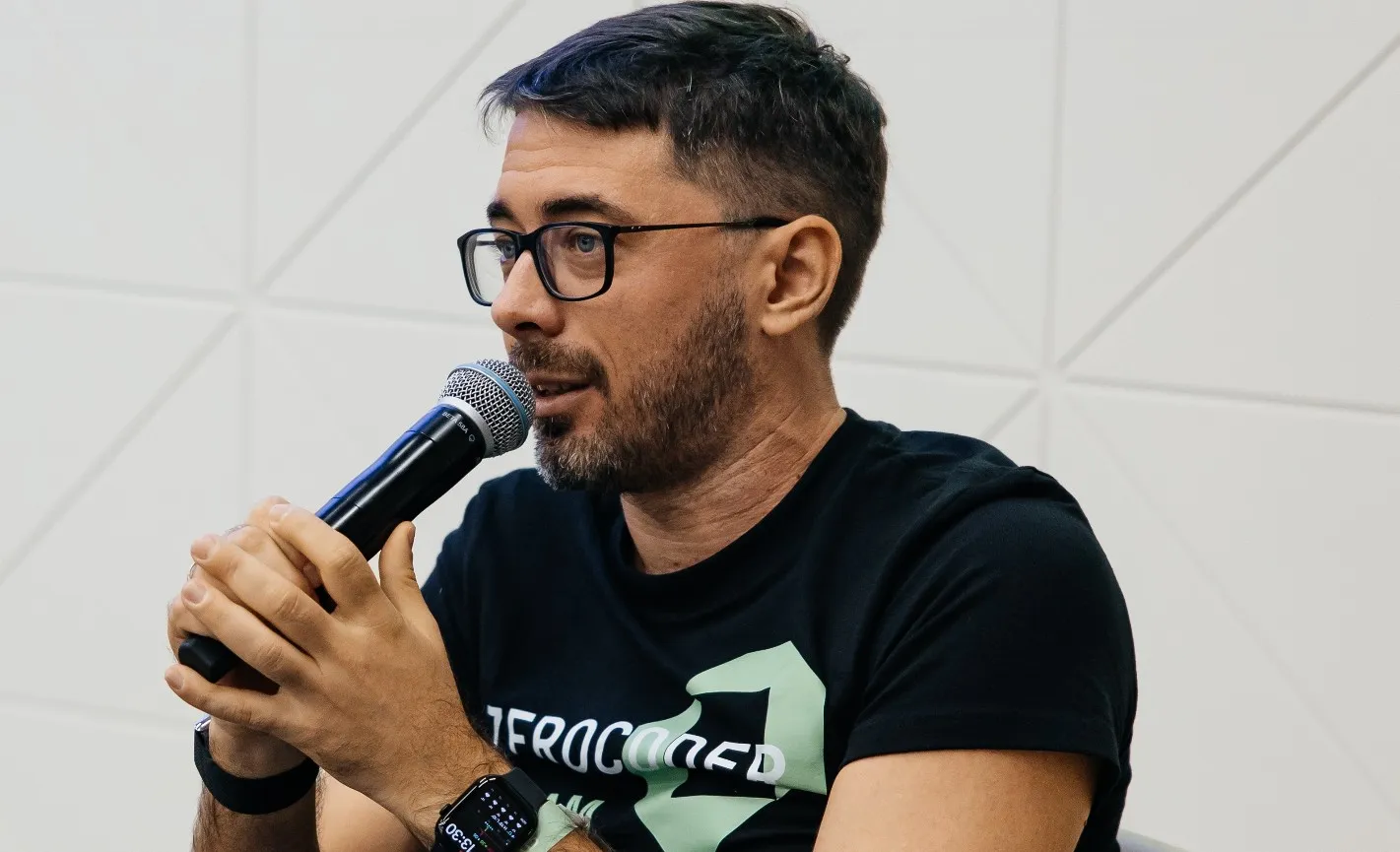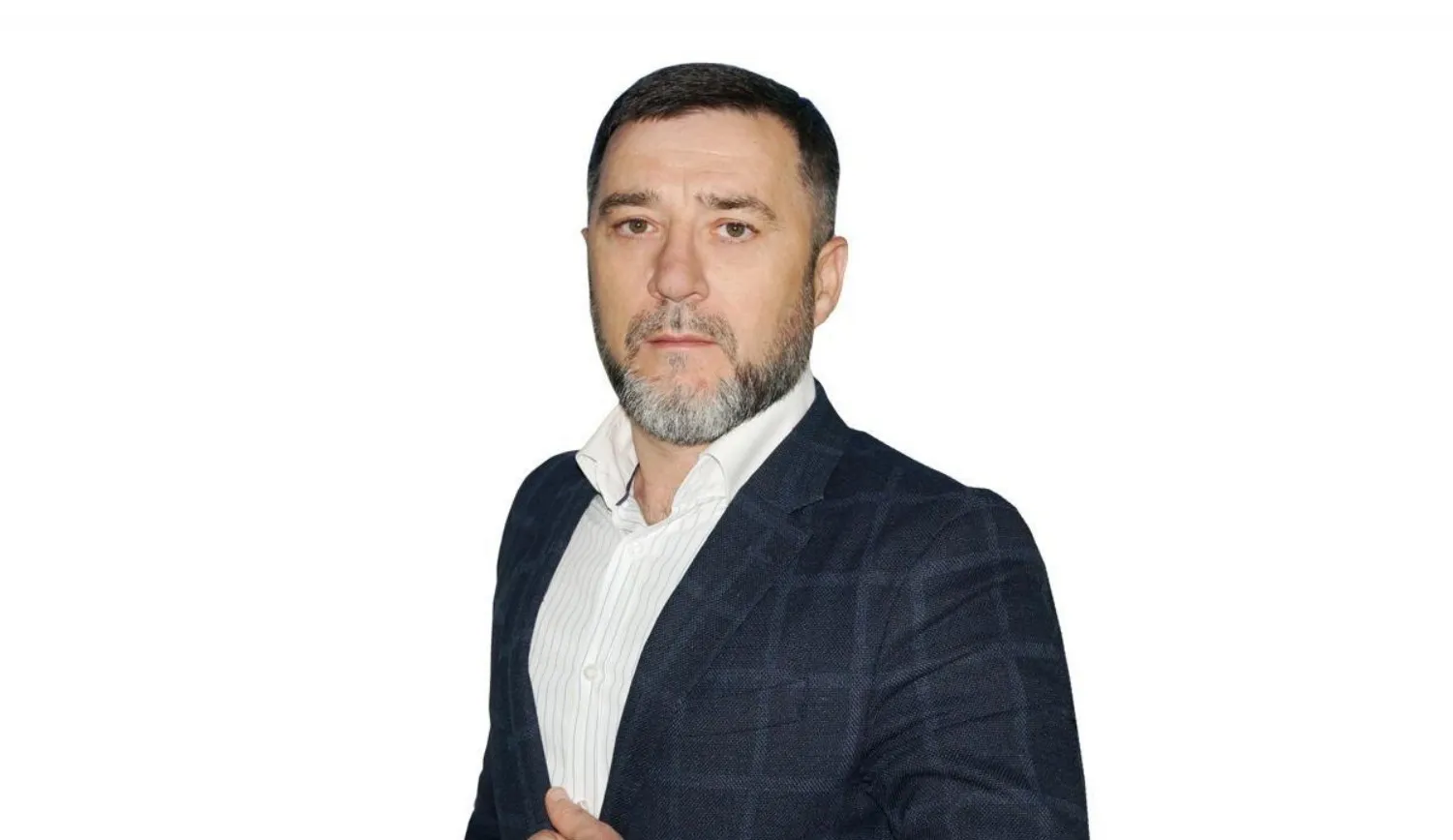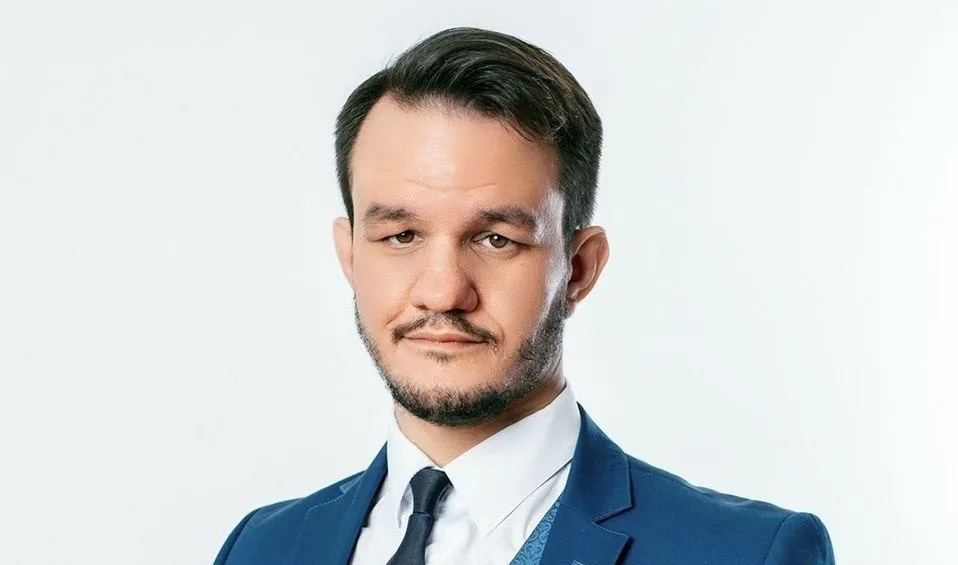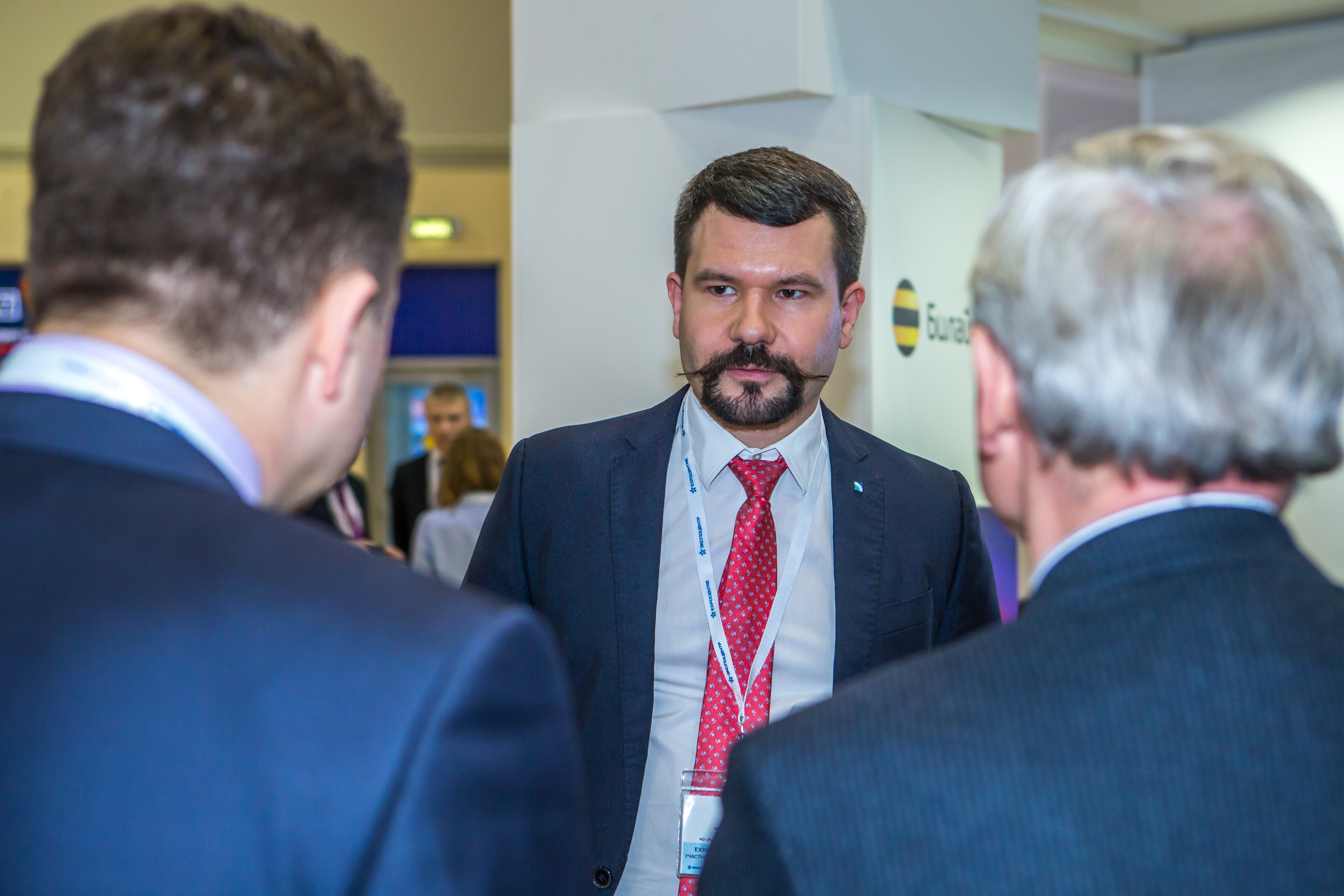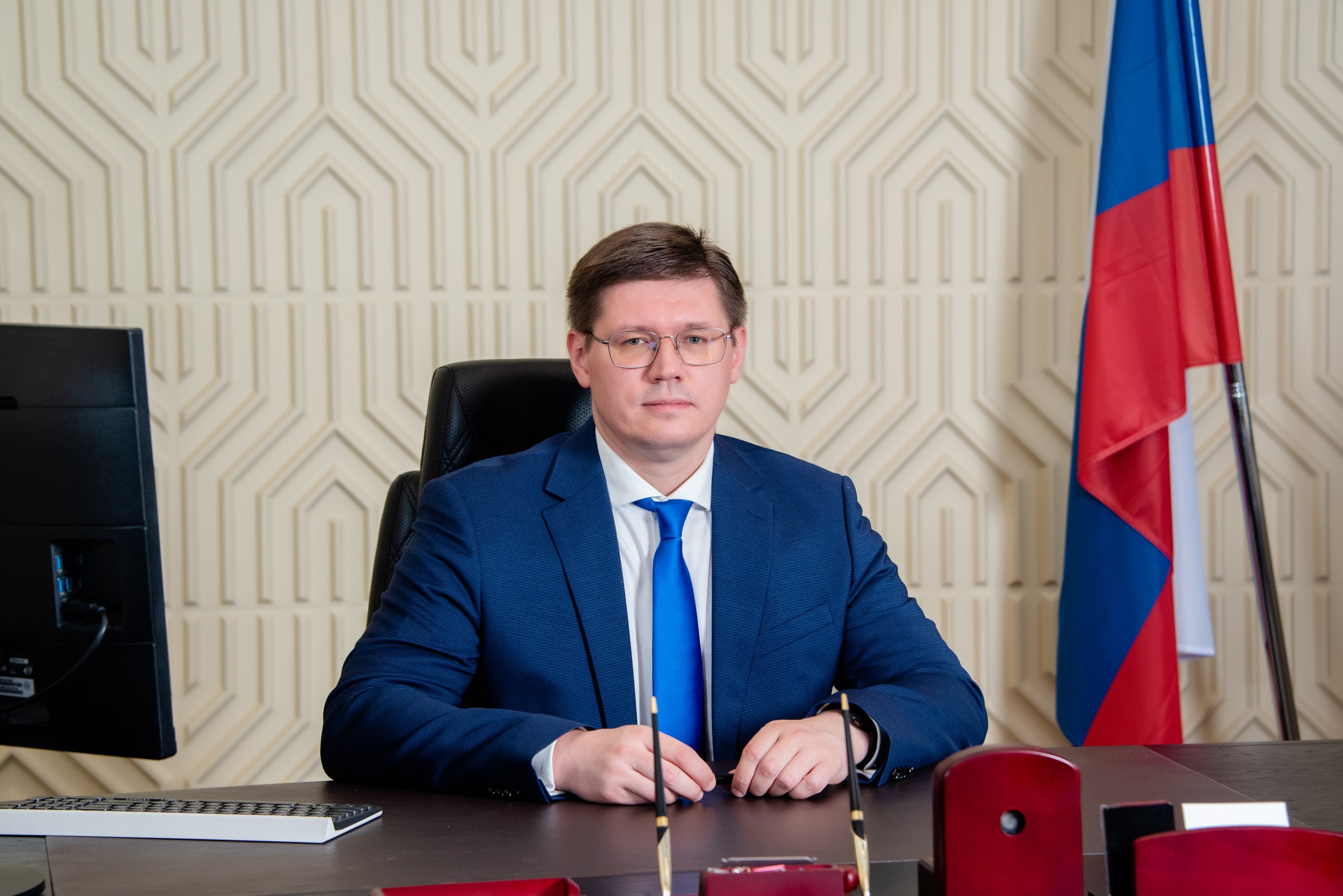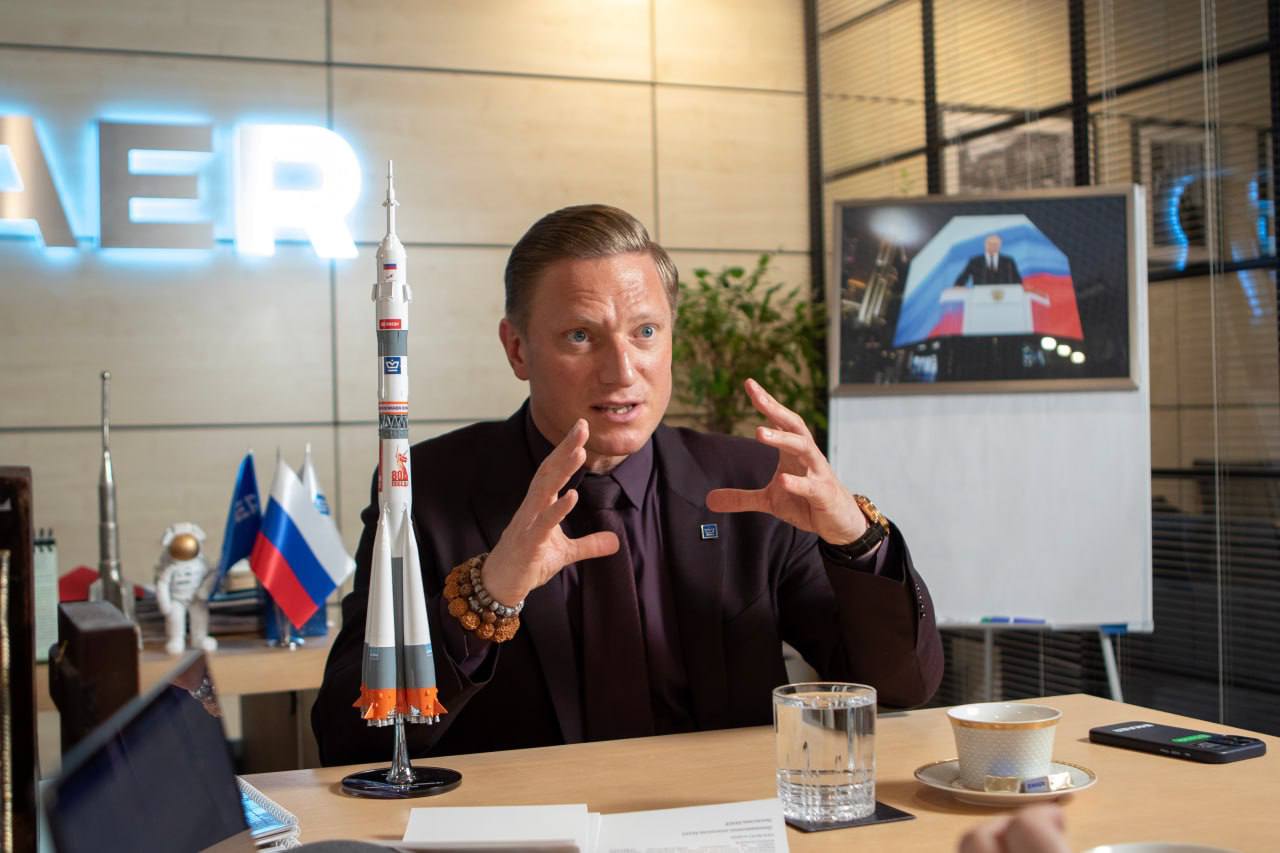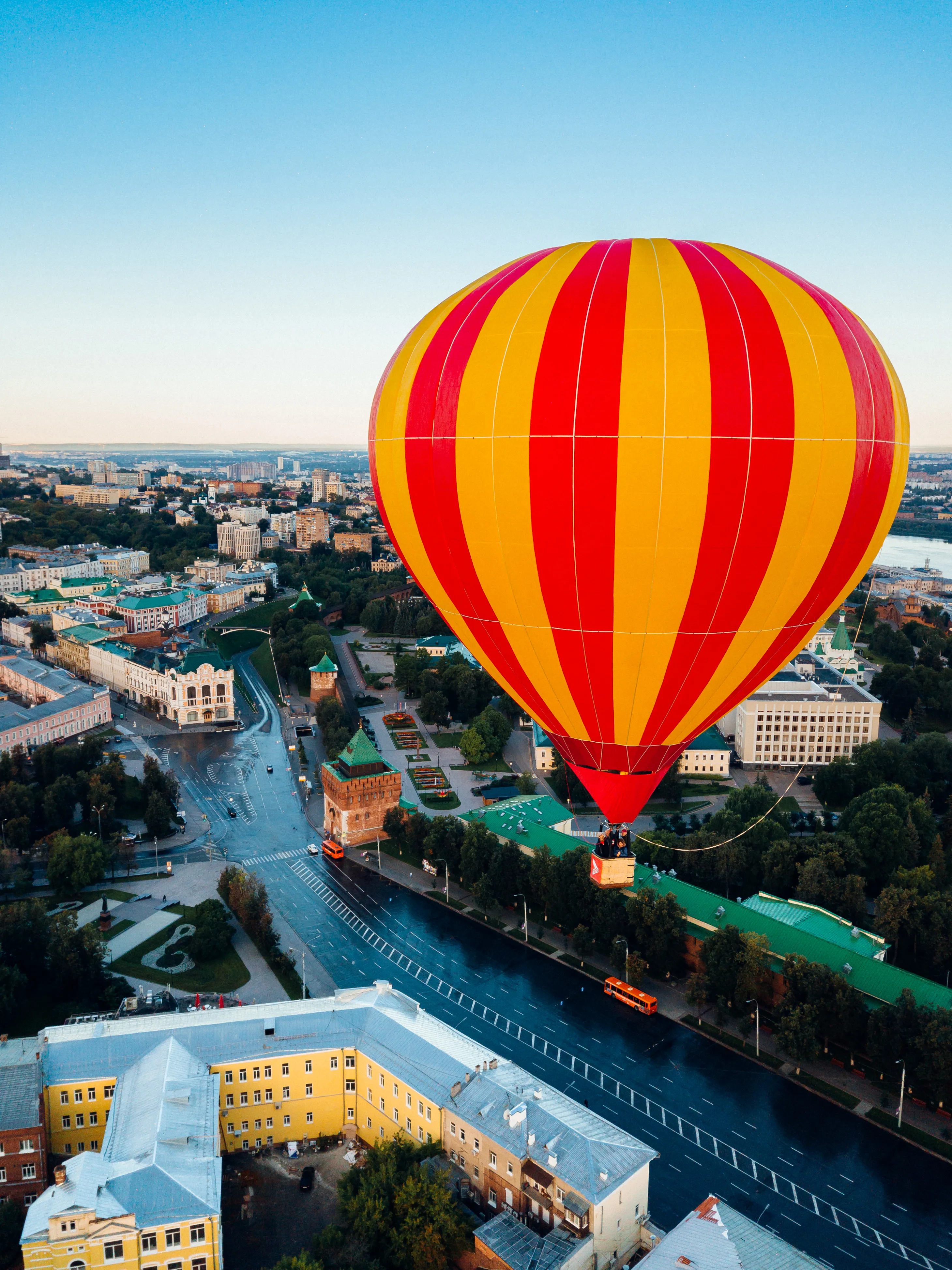Amir Khamitov: 'Act Now – and Russia Will Emerge as a Leader in Digital Sports'
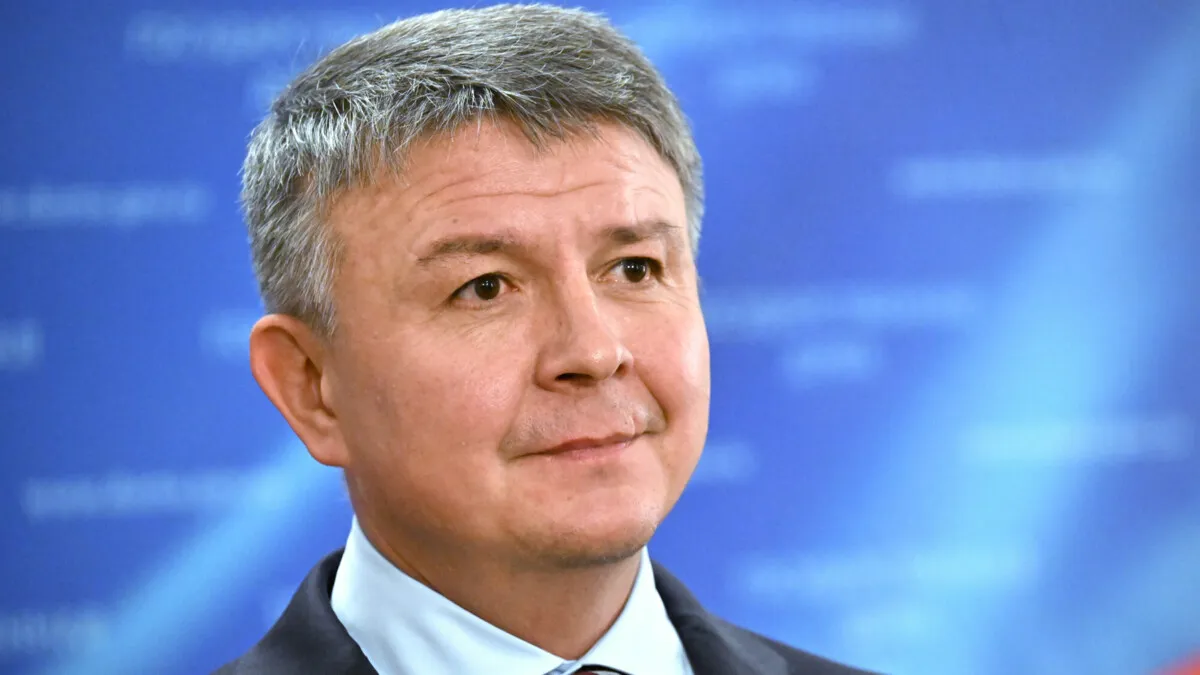
We tend to think of sports as a matter of physical strength, willpower, and determination — and, of course, mental acuity. But what role do high technologies play in this realm? As it turns out, a crucial one. We spoke with State Duma Deputy and Vice Chair of the Committee on Physical Culture and Sport, Amir Khamitov, to find out how digitalisation is transforming Russian athletics.
How deeply are IT technologies integrated into Russian sports today? What changes have you observed in recent years?
Today, IT technologies are an integral part of Russia's sports sector. Digitalisation spans everything from athlete training to the organisation of major events. Over the past few years, coaches and specialists have been actively using video analysis, biometric sensors, and platforms to monitor physical condition and recovery.
Modern tools enable real-time data collection and allow for timely adjustments in training, increasing efficiency and reducing injury risk. Digital services are also developing for amateur sport — GTO (Ready for Labour and Defence) apps, online courses, and smart venues with augmented reality features. These technologies help engage more people, particularly young people, making sport more open, transparent, and accessible.
It is vital that this digital transformation continues, especially with a focus on domestic innovations. Supporting sports-related IT is one of our priorities, and we are ready to facilitate this effort.
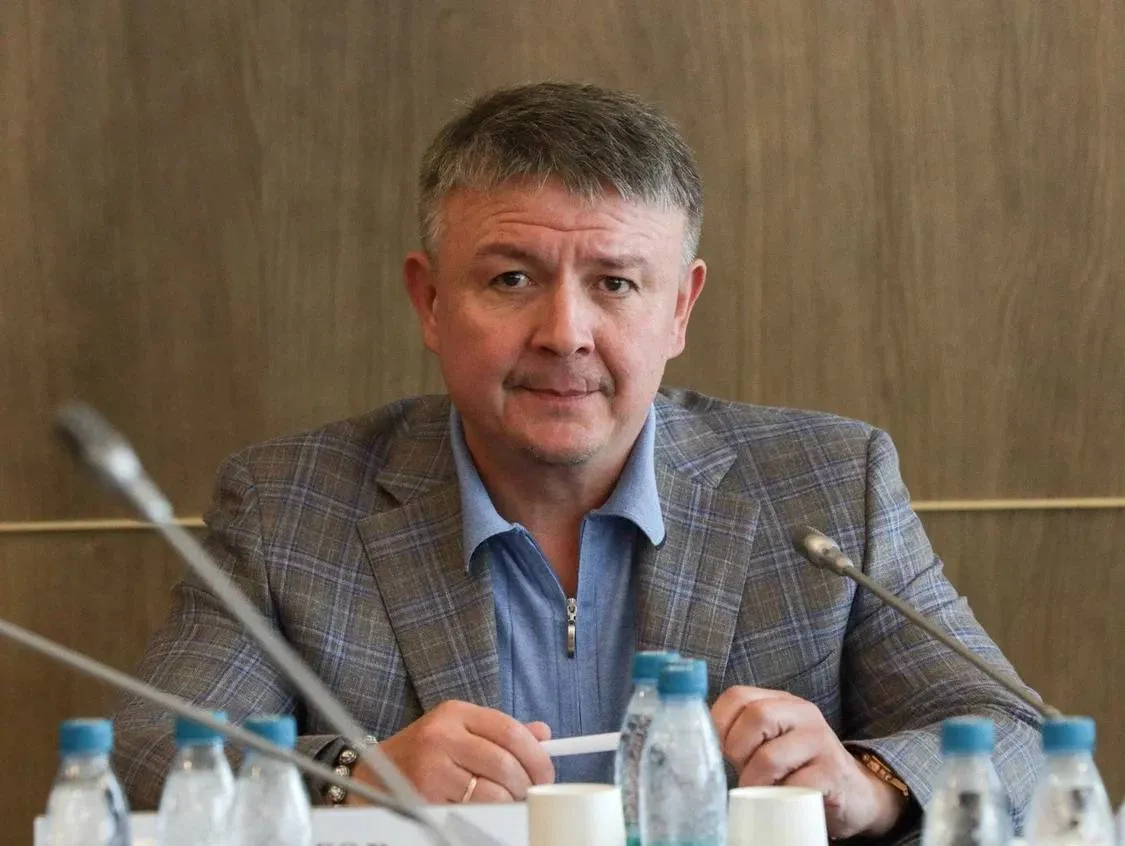
What digital solutions and technologies are currently in use in professional and grassroots sports?
They are deeply embedded in both segments — professional and grassroots. High-tech tools are reshaping training methods, competition formats, and how we engage with fans. One of the key areas involves wearable devices and sensors that track an athlete's heart rate, workload, sleep quality, and recovery status in real time. This allows coaches to make immediate adjustments and reduces the risk of injury.
Team sports now widely use data analytics systems and video tracking for match review and strategic planning. Augmented and virtual reality (AR/VR) technologies are used for rehearsing game situations and mental preparation, especially crucial in high-speed sports. Among amateur athletes, mobile apps, online races, and digital GTO platforms are especially popular.
Infrastructure is evolving too: smart gyms, digital refereeing systems, and automated scoring mechanisms are enhancing transparency and fairness. Digitalisation is not just about technology — it's also a strategy to engage youth and promote a sustainable sports culture.
Artificial intelligence is a hot topic. How is AI being used in the sports industry to assist coaches, athletes, or event organisers?
AI is a tremendously powerful tool — and it would be remiss not to use it. First, it helps analyse massive datasets — training statistics, physiological indicators, performance videos — and generate personalised recommendations on technique, tactics, and recovery. In professional sports, this is crucial for achieving elite performance.
Second, AI powers motion recognition and video analytics systems that refine technique and design customised training programmes. In team sports, AI analyses opponents and helps develop game strategies. In rehabilitation, AI monitors recovery progress and adjusts workloads, reducing the likelihood of re-injury.
Finally, event organisers use AI to forecast attendance, optimise logistics, and enhance security — for example, via facial recognition at stadiums. AI also assists referees in reviewing contentious moments with high precision. While we still need to strengthen infrastructure and regulatory frameworks, the future of sport lies in the synergy between human expertise and digital technologies, including AI.
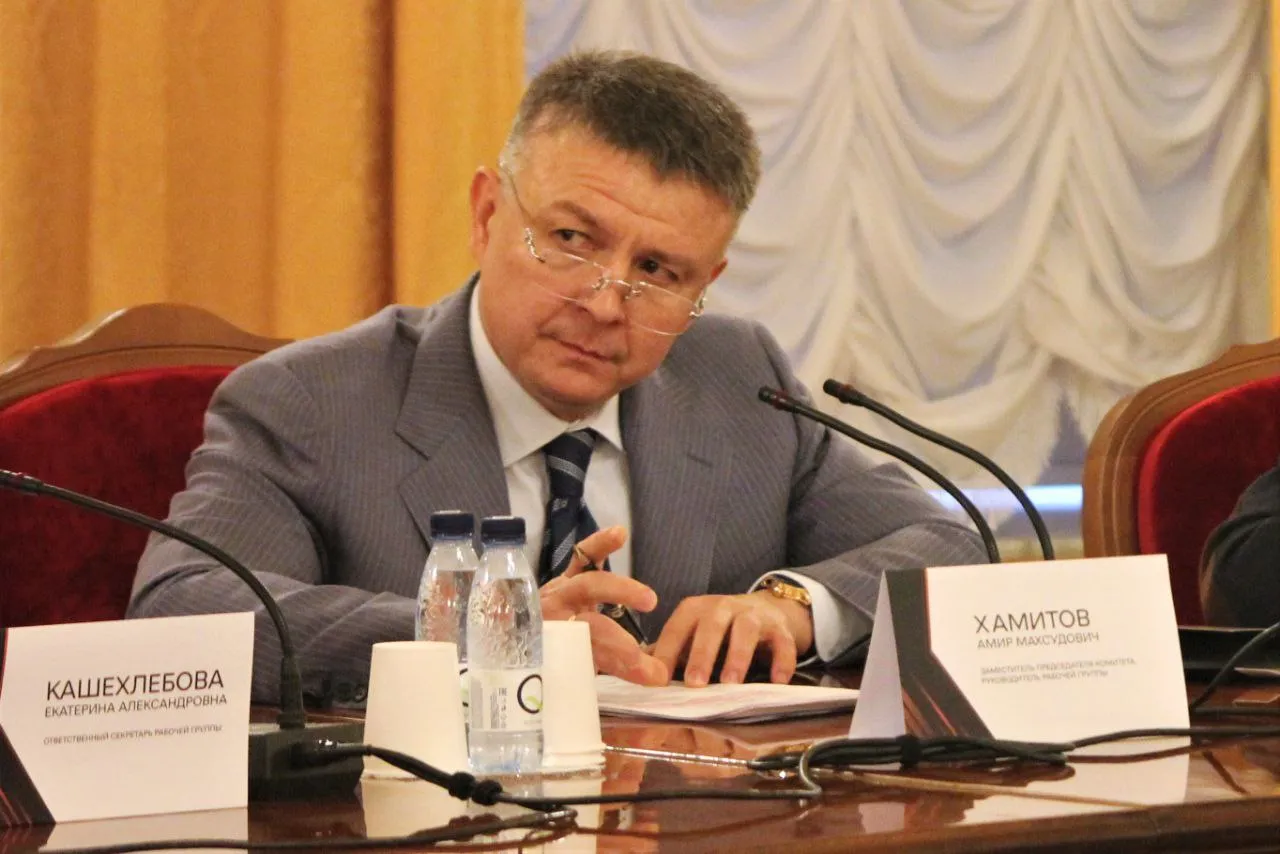
How actively are Russian sports federations and clubs using advanced technologies to train athletes? Are there collaborations with universities or startups?
Extremely actively. These include biomechanical analysis, endurance metrics, and AI-driven performance forecasting. Video monitoring, wearable tech, and mobile apps all contribute to more precise and personalised training.
A crucial element is cooperation with universities, research centres, and startups. These partners develop VR/AR simulators, diagnostic systems, and data analysis algorithms. Young tech teams are entering the sports industry through grants and accelerators, helping bring innovations to both professional and grassroots sports. I firmly believe that continued integration between sports, science, and technology is the key to achieving new milestones and top-quality athlete development.
Esports is gaining momentum. Do you consider it a full-fledged part of the sporting landscape? Is it fair to compare it with traditional sports?
Absolutely. Esports has a well-established professional structure, international tournaments, and a massive global audience. Of course, direct comparisons with traditional sports are difficult due to differences in physical demands and goals. But when it comes to organisation, competitive spirit, and teamwork, there are many similarities.
Take the 'Games of the Future' in Kazan, for instance — they brought together classic sports and digital disciplines, demonstrating the power of this fusion for youth engagement and industry innovation. In Russia, educational programmes and academic departments dedicated to esports are emerging, and collaboration with the state is growing. Esports requires support, regulation, and recognition — it's the future for millions of young people.
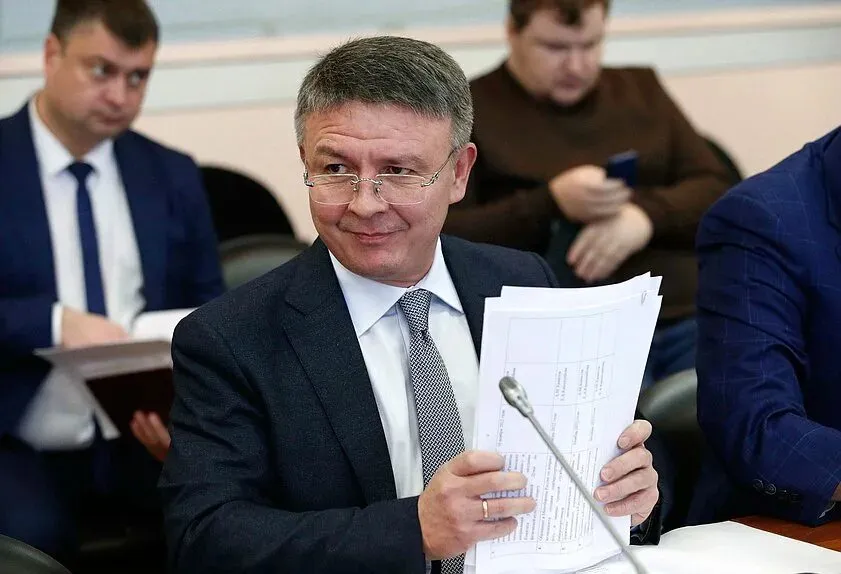
What role does the government play in the development of esports and digital sports? What initiatives are already underway or planned?
The government acts as a strategic coordinator, investor, and regulator of digital sports. Specialised esports centres and hubs are being established, tournament infrastructure is expanding, and educational programmes are being introduced in universities and colleges. The 'Games of the Future' are a prime example of successful cooperation between the state, business, and the sporting community.
In traditional sports, data analytics systems, VR/AR technologies, and platforms for online events are being actively implemented. Future plans include expanding grant support, improving the legal and regulatory framework, and fostering partnerships with IT firms and startups. Russia is aiming to become a global leader in digital sports by creating homegrown technologies and launching large-scale international projects.
What challenges come with integrating IT technologies into sports? Are there staffing shortages, infrastructure gaps, or regulatory hurdles?
Integrating IT into sports is promising but complex. There's a shortage of professionals working at the intersection of sport and technology — trainers, analysts, and developers. Infrastructure is also lacking, particularly in the regions — we need upgraded equipment, digital systems, and platforms.
Moreover, regulatory and legal hurdles remain. The absence of clear standards and guidelines hampers the introduction of new technologies and the protection of athletes' and developers' rights. Coordination between sports federations, IT companies, and research institutions is essential for systematic progress. We're already working on training personnel, establishing modern centres, and improving legislation to ensure digitalisation truly enhances the quality of the sports industry.
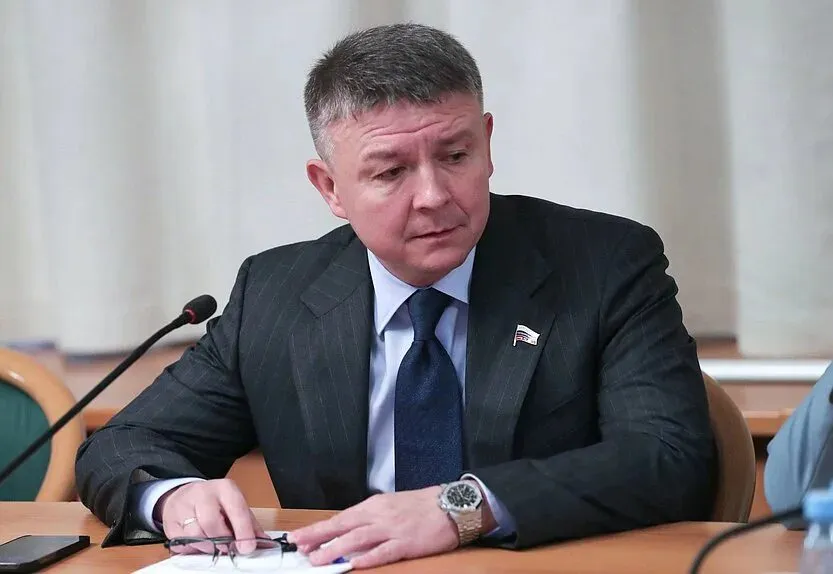
Can digital technologies boost public participation in sport and promote healthy lifestyles? What role do apps, gamified formats, and tracking services play?
Absolutely. Digital technologies hold great potential to motivate people toward a more active lifestyle. Apps help set goals, track progress, and offer recommendations — crucial for beginners.
Gamified formats and competition-inspired systems create engagement and help build regular exercise habits. Wearables monitor health and provide real-time feedback on how to improve. Together, these tools make sport more accessible, fun, and inspiring, and help people stay motivated long term. Governments and sports organisations must continue to promote such tools to make sports appealing to everyone.
Which Russian IT solutions or startups in the sports sector stand out? Are there promising projects with international potential?
We're seeing exciting startups in Russia that leverage AI and big data for performance optimisation, wearable devices for health monitoring, and gamified platforms to attract the broader public to sport. These projects are making sport more accessible and engaging. Some are already prepared to enter the global market and compete with international solutions.
With government backing and partnerships between science and sport, Russia is well positioned to strengthen its role in the global sports tech industry.
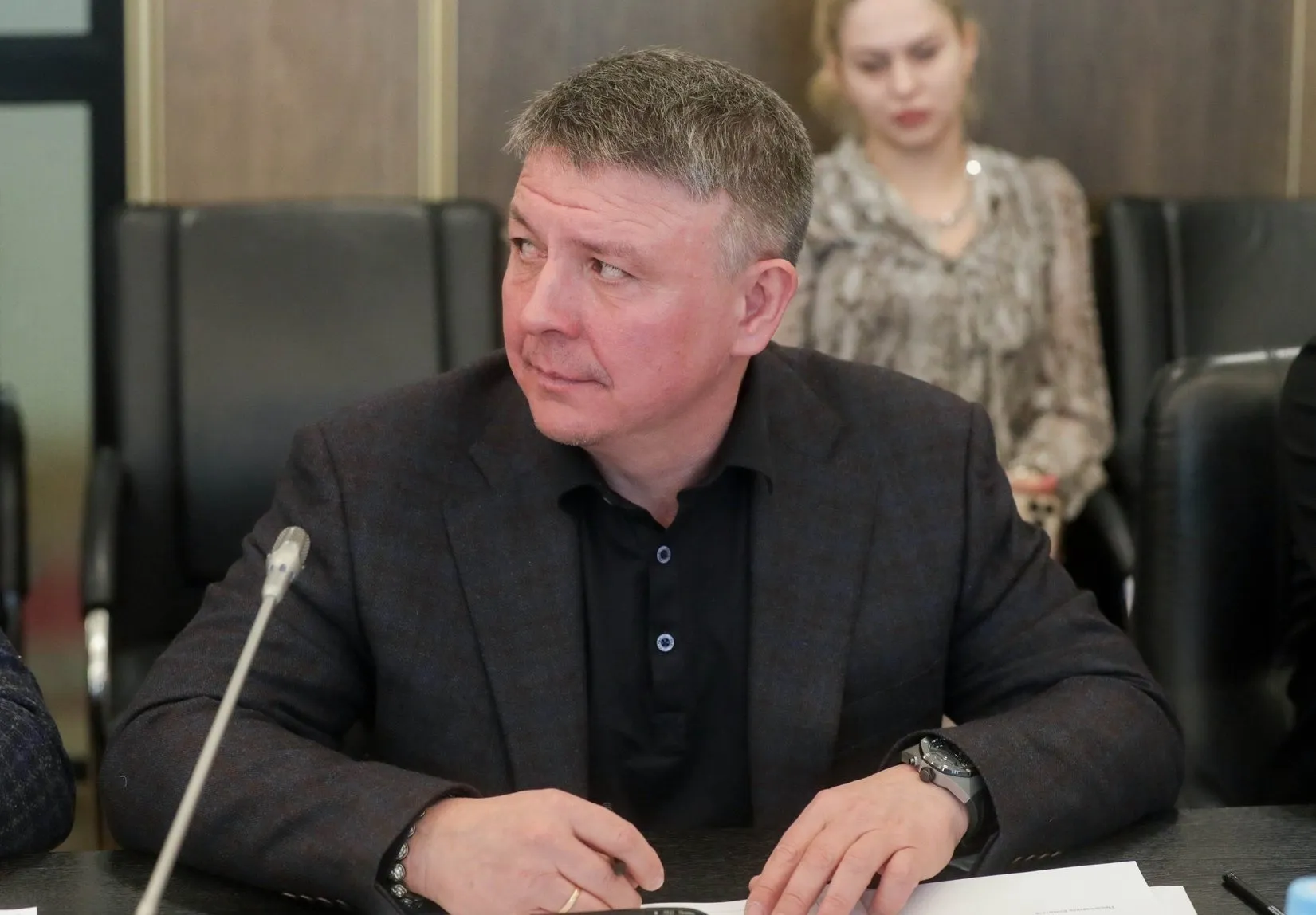
Finally, what are the key areas for IT development in sports over the next 5 to 10 years? Where should we be focusing efforts today?
Key directions include the adoption of AI and machine learning for data analysis and performance forecasting, the development of VR/AR for new training and competition formats, and the expansion of wearable technologies and real-time health tracking systems.
The future lies in digital platforms for mass sport with gamified elements that engage young people. I also believe we'll see esports increasingly integrated into the mainstream sports system.
The takeaway is clear: we must invest now in training experts, building infrastructure, developing regulations, and supporting domestic innovation. If we do this work today, Russia can become a global leader in the digital sports space.


